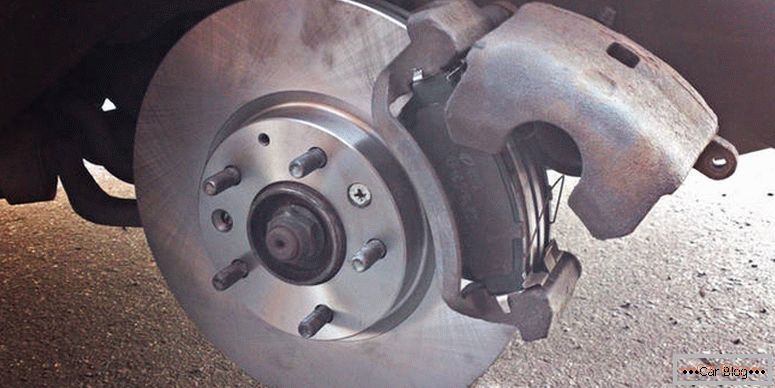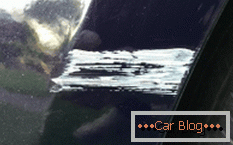Forged and alloy wheels
These two types of rims are made of completely different metals. Alloys are possible from aluminum, but sometimes they can be melted with the addition of magnesium. According to their production, these two types of discs are produced in two different ways. Cast disks are cast in the prepared form, and forged ones are made by hot stamping in industrial production.
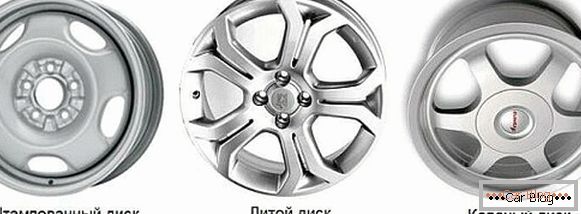
Alloy wheels have great advantages over steel, primarily their lower weight. For example, a 13-inch steel disk weighs up to 8 kg, and a light-alloy die-cast disk almost 6 kg., A forged disk weighs even less - 5 kg. The ease of car drives plays a big role in reducing the weight of the car and the inertia of the car.
All this leads to the fact that the light wheel, after passing the irregularities on the road, quickly "returns to its place", and continues to give the driver confidence in driving. The light weight of the wheel certainly affects the ease of steering when turning, both in motion and in place. Low inertia significantly increases the acceleration of the car and increases the braking dynamics.
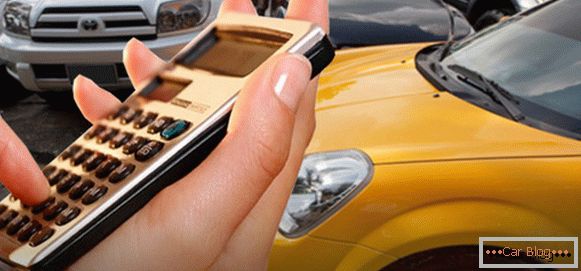
Aesthetics also plays a role in these two alloys. Certainly alloy wheels more beautiful than steel. The production of alloy wheels knows no bounds in the fantasy of a cast disk pattern.
Problems alloy wheels.
Light-alloy and forged wheels are certainly harder than steel wheels, but they are quite fragile, especially forged. When hit in the pits or strong raids on the stones, it is very detrimental to the "life" of alloy wheels. They do not crumple like steel, but simply burst or get chipped. The disadvantage is that the steel wheel can be rolled on a tire, while a light-alloy wheel may no longer be usable.
See also: Steel and composite bodyA cast disk can be easily damaged, for example, even carelessly parking at the curb, or when moving tram tracks at high speed. At the same time a light-alloy wheel can be more expensive than a steel one in two, three, or even four times. There have been cases when the damage is not visually visible (hidden damage), but they can even split into two parts if they fall into a hole at a speed with such invisible damage.
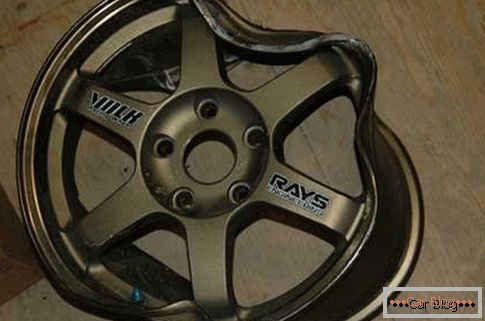
Forged wheels are strong enough and suffer from holes and bad roads, much more rarely than cast ones. But with a strong blow, the forged disk transfers all the force of the blow to the suspension elements. In this case, the disk will look like it was before, and the suspension will constantly tolerate all the irregularities of the road surface, and repair it is much more expensive than the banal replacement of the disk. Of course the choice of alloy wheels or forged, is a purely personal matter of every motorist.
Do not forget during the next car wash, to pay special attention to washing the alloy wheels, or rather its “drawing”. A variety of “drawings” can accumulate dirt on themselves, which is poorly washed out, thus residual dirt on the discs can entail an imbalance of the wheel, while the driver will feel constant blows to the steering wheel, and driving will become more complicated.


